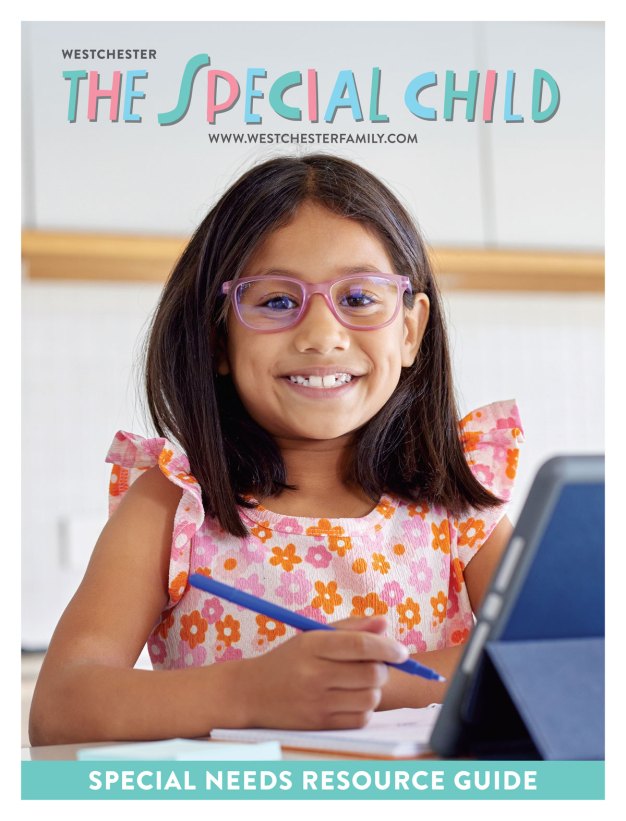They say timing is everything, and that’s especially true when it comes to identifying and treating Autism Spectrum Disorder (ASD). This neurodevelopmental condition characterized by a broad variety, or “spectrum,” of presentations, including delays in communication and social interaction and atypical behaviors is often accompanied by general developmental delays. ASD affects one in 68 children, according to the latest estimates.
With the right therapies, at the right time, every child can learn and grow, and move toward being the best he or she can be.
What is Early?
The age at which delays associated with ASD become evident varies. Some children seem different during the first year of life: less responsive to people by ages 6 to 8 months, not babbling by 9 months, but most children with ASD may seem quite typical during that time. For them, it is between the ages of 12 and 20 months that differences become more noticeable in communication, social and
play behaviors.
For the past decade, the American Academy of Pediatrics and the Centers for Disease Control have strongly recommended ASD screening during well-child visits at 18, 24 and 30 months. This screening can take the form of general questions about developmental milestones for the child, and/or having the caregiver fill out a short questionnaire specifically for ASD.
What to Look For
The following behaviors are “red flags” that may indicate ASD.
Communication: Examples of language delays include no single words by 15-18 months, not putting two words together by 24 months, lack of pointing, lack of clear requests for what he wants (pushing and pulling you does not count), no response when his name is called, reduced eye contact and gaining a handful of single words and then losing them.
Eye contact: Reduced eye contact is often thought of as one of the most important signs of ASD. In fact, a lack of eye contact is a very important feature. However, eye contact can vary with children with ASD; many will look at one person and smile, but when others try to interact, the eye contact diminishes.
Social interaction: The child prefers to play by herself, doesn’t bring toys to show or share with others, may not express much emotion, seems aloof and hard to engage, doesn’t imitate easily, insists on playing only in her own preferred way, is not interested
in other children and doesn’t know how to take turns.
The Diagnostic Evaluation
The next step is to have an evaluation by experts, to determine the significance of the slow development or unusual behaviors. There are two evaluation strategies: public
or private.
The free and public Early Intervention Program, administered through the Westchester County Department of Health, offers evaluations with expert guidance through its system (813-5094).These are known as “multidisciplinary” evaluations, because the federal early intervention law specifies that professionals from at least two disciplines (special educator, psychologist, speech-language pathologist, occupational therapist or physical therapist) must see the child, and together they need to examine five domains of functioning: cognitive, daily living skills, communication, social-emotional and motor skills.
These evaluations generally take place in the home, where the child is the most comfortable, and providers use play and familiar toys for most of the interaction.
The caregivers are always present and often interacting with the child at the same time, and the evaluators are able to give feedback regarding what they are doing with the child and what they are observing as they go along.
The second option is to have a private evaluation by a professional who has experience with early childhood disabilities, which is paid for privately or through the family’s insurance. The evaluator may be a psychologist, developmental pediatrician, pediatric neurologist, or child psychiatrist.
In some settings, such as a child developmental clinic, the child and family see a series of professionals and all the information is pooled for the final diagnosis. To get a referral, parents should ask their healthcare provider.
What Happens Next?
The child will be diagnosed as either having, or not having, ASD. The day parents learn that their young child is “on the spectrum” is life-changing. Although this news can be very upsetting, many parents also report that there are some feelings of relief (“At least we know what is wrong now”). Many also say they gain a sense of purpose, because they can now transform their worry into action.
And there are many actions to take. An Early Intervention Service Coordinator helps the family set up a plan of therapies and activities that target the learning needs of the child. Ideally the child participates in an intensive schedule of speech therapy, special education or applied behavior analysis (ABA) and possibly occupational and physical therapy.
Professionals are much more informed about how to treat young children with ASD than in the past, and children today have far greater opportunities to become more capable and independent than ever before – and it all starts with early intervention!
Patricia Towle, Ph.D., is a clinical child psychologist at the Westchester Institute for Human Development (WIHD) with 30 years of experience in the area of pediatric disabilities. She is active in professional and community training, research and clinical applications in this field, with a specialty in early identification of autism spectrum disorder. wihd.org.
Unusual Behaviors Associated with ASD
Physical Play: Children may spin around in circles, rock back and forth while standing or sitting, flap hands when excited or walking on tiptoes.
Playing with Objects: The child lines objects up or stacks them repeatedly, tosses or spins objects, turns toy cars over to spin wheels.
Visual Differences: The child looks at objects out of the side of her eyes, stares at colors or shapes close up, likes to watch fans or other things spinning, stares at lights, watches credits rolling at the end of videos, shakes her head to get a visual effect.
Obsessions and Unusual Abilities: A child with ASD may become obsessed with videos and their characters, with a particular subject such as trains or dinosaurs, or with letters, numbers and shapes, and exhibit above age level knowledge and abilities in these subjects.
Unusual Sensory Reactions: The child may exhibit extreme sensitivity to stimuli such as light, sound, textures, odors or tastes. Conversely, he may seek excessive sensory stimulation, for example by touching or tasting objects, spinning, or seeking noises such as pushing a button on a toy to produce music repeatedly. Some children with ASD may show very little response to pain.














